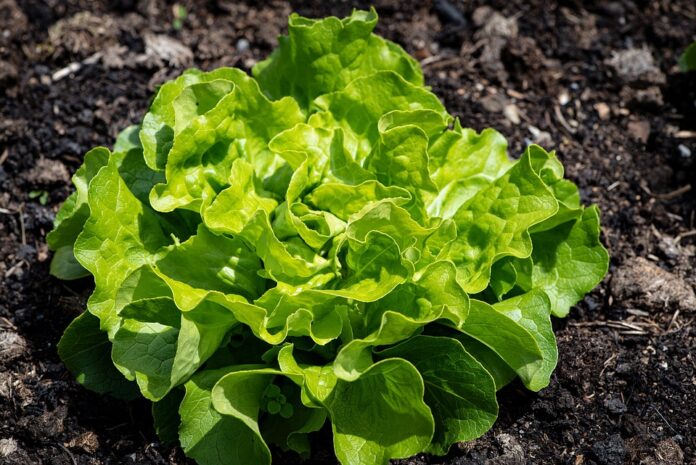The Future of Vegetable Packaging: Fresh, Breathable, and Biodegradable
In recent years, there has been a growing trend towards sustainable and environmentally friendly packaging solutions in the food industry. As consumers become more conscious of the impact of packaging on the environment, companies are looking for innovative ways to reduce waste and minimize their carbon footprint. One area that has seen significant development is the packaging of fresh vegetables.
Current Challenges in Vegetable Packaging
Traditional packaging methods for fresh vegetables often involve the use of plastic materials that are not biodegradable and can contribute to environmental pollution. Additionally, these materials may not provide adequate ventilation for the vegetables, leading to a shorter shelf life and increased food waste.
As consumers demand more sustainable packaging options, companies in the food industry are exploring new technologies and materials to address these challenges. One promising solution is the development of fresh, breathable, and biodegradable packaging for vegetables.
Benefits of Fresh, Breathable, and Biodegradable Packaging
Fresh, breathable, and biodegradable packaging offers several benefits for both consumers and the environment. These types of packaging materials allow for better air circulation around the vegetables, helping to maintain their freshness and extend their shelf life. Additionally, biodegradable materials break down more easily in the environment, reducing the amount of waste that ends up in landfills.
Companies that adopt fresh, breathable, and biodegradable packaging for their vegetables can also benefit from a positive brand image. By demonstrating a commitment to sustainability and environmental responsibility, these companies can attract environmentally conscious consumers and differentiate themselves in the market.
Industry Trends and Market Demand
The demand for fresh, breathable, and biodegradable packaging in the vegetable industry is on the rise. According to market research firm Grand View Research, the global sustainable packaging market is projected to reach $399.6 billion by 2027, with a compound annual growth rate of 7.9%.
Several companies are already leading the way in developing innovative packaging solutions for fresh vegetables. For example, NatureFresh Farms, a Canadian greenhouse grower, has introduced compostable packaging made from plant-based materials for its tomatoes and cucumbers. This initiative has been well-received by consumers and has helped the company reduce its environmental impact.
Financial Implications and Cost Considerations
While fresh, breathable, and biodegradable packaging offers numerous benefits, there are also financial implications to consider. These types of packaging materials may be more expensive to produce than traditional plastic packaging, which could impact the overall cost of the vegetables.
However, companies that invest in sustainable packaging solutions may be able to offset these costs through increased consumer demand and brand loyalty. Additionally, as technology advances and production scales up, the cost of fresh, breathable, and biodegradable packaging is expected to decrease over time.
Future Outlook and Conclusion
The future of vegetable packaging is moving towards fresh, breathable, and biodegradable solutions that prioritize sustainability and environmental responsibility. Companies that embrace these innovative packaging materials stand to benefit from increased consumer demand, positive brand image, and reduced environmental impact.
As technology continues to evolve and consumer preferences shift towards more sustainable options, the vegetable packaging industry is likely to see continued growth and development in the coming years. By investing in fresh, breathable, and biodegradable packaging, companies can position themselves as leaders in the market and contribute to a more sustainable future for the food industry.




